 0
0
Products Description

Inconel plate has the advantages of high strength, good ductility, excellent fatigue properties, creep resistance, excellent toughness and good welding performance. This makes it ideal for many applications that need to withstand high loads, high stresses and complex working conditions, including the aerospace, energy, chemical, marine and automotive industries. Whether in extreme environments or in routine applications, Inconel boards provide reliable mechanical performance and long-term durability.
Parameter:

Item | 600 | 601 | 617 | 625 | 690 | 718 | X750 | 825 |
C | ≤0.15 | ≤0.1 | 0.05-0.15 | ≤1.0 | ≤0.05 | ≤0.08 | ≤0.08 | ≤0.05 |
Mn | ≤1 | ≤1.5 | ≤0.5 | ≤0.5 | ≤0.5 | ≤0.35 | ≤1 | ≤1 |
Fe | 6-10 | rest | ≤3 | ≤5.0 | 7-11 | rest | 5-9 | ≥22 |
P | ≤0.015 | ≤0.02 | ≤0.015 | ≤0.015 | -- | -- | -- | -- |
S | ≤0.015 | ≤0.015 | ≤0.015 | ≤0.015 | ≤0.015 | ≤0.01 | ≤0.01 | ≤0.03 |
Si | ≤0.5 | ≤0.5 | ≤0.5 | ≤0.5 | ≤0.5 | ≤0.35 | ≤0.5 | ≤0.5 |
Cu | ≤0.5 | ≤1 | -- | -- | ≤0.5 | ≤0.3 | ≤0.5 | 1.5-3 |
Ni | ≥72 | 58-63 | ≥44.5 | Bal | ≥58 | 50-55 | ≥70 | 38-46 |
Co | -- | -- | 10-15 | ≤1.0 | -- | ≤1 | ≤1 | -- |
Al | -- | 1-1.7 | 0.8-1.5 | ≤0.4 | -- | 0.2-0.8 | 0.4-1 | ≤0.2 |
Ti | -- | -- | ≤0.6 | ≤0.4 | -- | -- | 2.25-2.75 | 0.6-1.2 |
Cr | 14-17 | 21-25 | 20-24 | 20-23 | 27-31 | 17-21 | 14-17 | 19.5-23.5 |
Nb+Ta | -- | -- | -- | 3.15-4.15 | -- | 4.75-5.5 | 0.7-1.2 | -- |
Mo | -- | -- | 8-10 | 8-10 | -- | 2.8-3.3 | -- | 2.5-3.5 |
B | -- | -- | ≤0.006 | -- | -- | -- | -- | -- |
SPECIFICATIONS | |
Form | ASTM |
Rod, bar and wire | B 166 |
Plate, sheet and strip | B 168, B 906 |
Seamless pipe and tube | B 167, B 829 |
Welded pipe | B 517, B775 |
Fitting | B 366 |
Billet and bar for reforging | B 472 |
Forging | B 564 |
Shape | Size (mm) |
Wire | 0.5-7.50 |
Rod/Bar | 8.0-200 |
Strip | (0.5-2.5)*(5-180) |
Tube/Pipe | Customized |
Sheet/Plate | Customized |
For more details, pls directly contact us.
Excellent mechanical properties:

High Strength: Inconel boards have excellent high strength and are able to withstand high loads and stresses. Its strength is usually higher than other alloy materials, including tensile strength, yield strength and hardness.
Good ductility: Inconel board has good ductility and plasticity, and can plastically deform when stressed and is not easy to break. This makes it suitable for applications with high deformation and forming requirements.
Excellent fatigue properties: Inconel panels have good resistance to fatigue and cyclic loading. It can maintain strength and stability under long-term cyclic stress and is not prone to fatigue damage.
Creep resistance: Inconel boards exhibit good creep resistance under high temperature and high stress conditions. It can withstand long-term high temperature exposure and sustained stress without significant creep deformation.
Excellent Toughness: Inconel panels have excellent toughness and are able to maintain material integrity when subjected to shock and vibration loading. It can absorb and disperse energy, reducing impact and vibration damage to materials.
Good welding performance: Inconel plates can be connected and processed by various common welding methods, such as arc welding, TIG welding and laser welding, etc. It maintains good mechanical properties and strength during welding.
Influencing factors:

Alloy composition: The mechanical properties of Inconel plates are affected by their alloy composition. The content and proportion of different alloying elements will affect the mechanical properties such as hardness, strength and toughness of the material. For example, adding alloying elements such as molybdenum, titanium and aluminum can increase the strength and hardness of the material.
Heat treatment: Heat treatment is to change the crystal structure and properties of a material by controlling the heating and cooling process. Proper heat treatment can improve the mechanical properties such as strength, hardness and toughness of Inconel board. Different heat treatment processes, such as solution treatment and aging treatments, can be used to adjust the properties of the material.
Cold working deformation: Cold working deformation, such as cold rolling, cold drawing and cold bending, can significantly improve the mechanical properties of Inconel plates. Cold working can increase the strength and hardness of the material and improve its fatigue resistance and toughness.
Q&A:

What is the application temperature range of Inconel sheets?
The application temperature range for Inconel sheet is typically between -196°C and 1100°C, depending on the specific alloy composition and application environment.
What are the applications of Inconel sheets in the aerospace field?
Inconel sheets are commonly used in the aerospace industry to manufacture combustion chambers, nozzles, turbine engine blades and other high-temperature parts of aerospace engines.
What are the applications of Inconel sheets in the petrochemical industry?
Inconel sheets are widely used in the petrochemical industry to manufacture corrosion-resistant and high-temperature equipment such as reactors, heat exchangers, steam generators and vulcanizers.
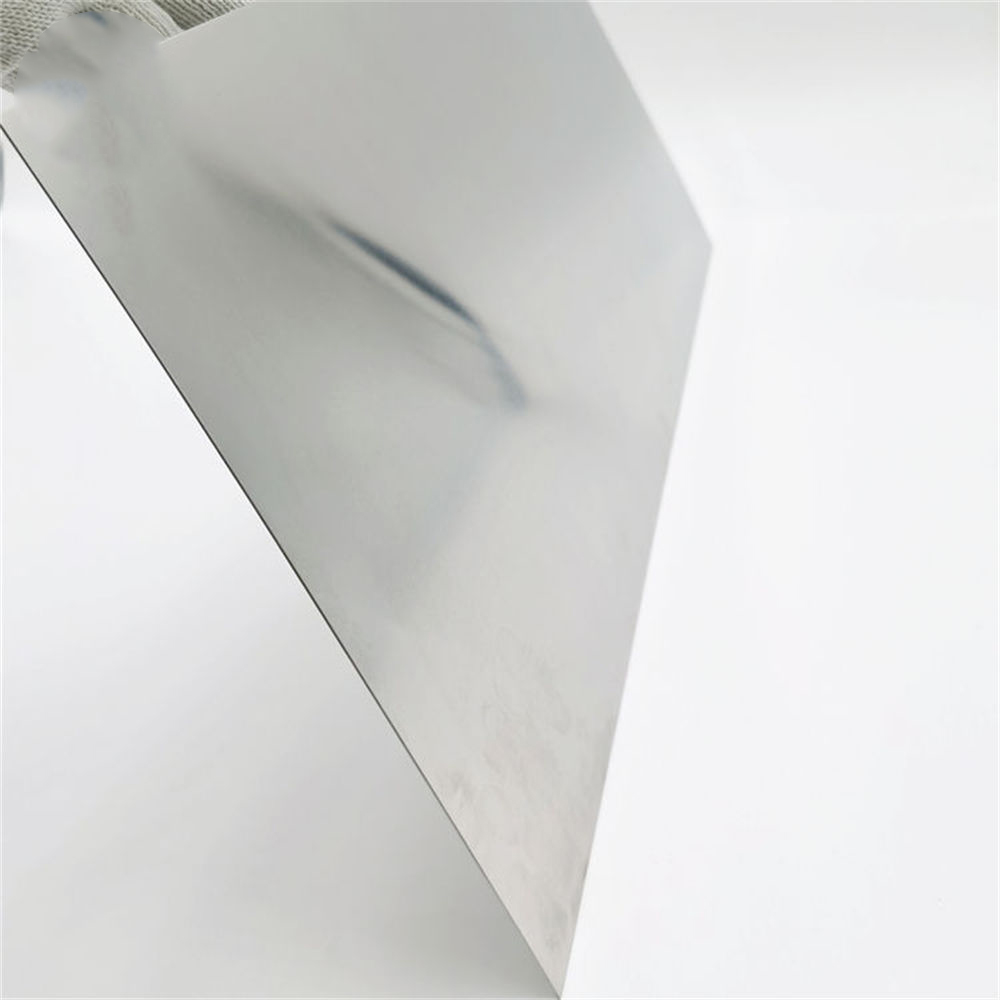

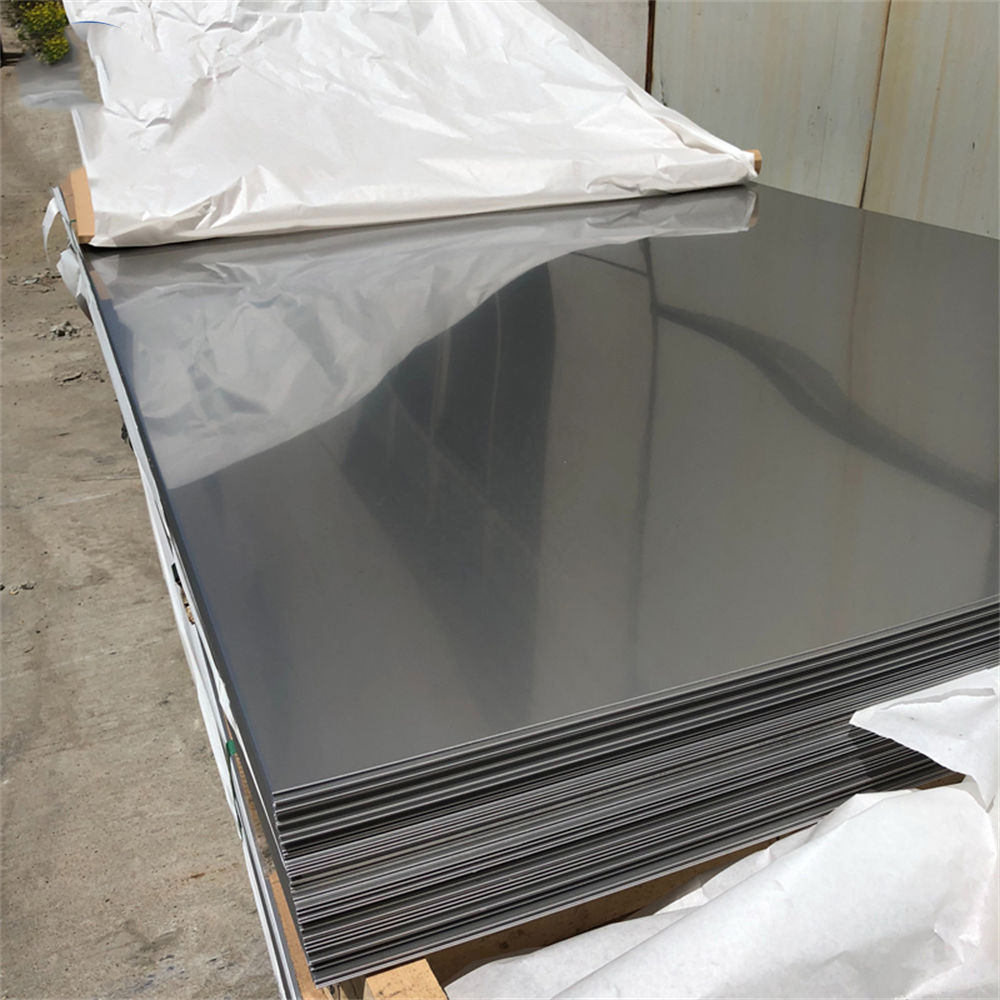
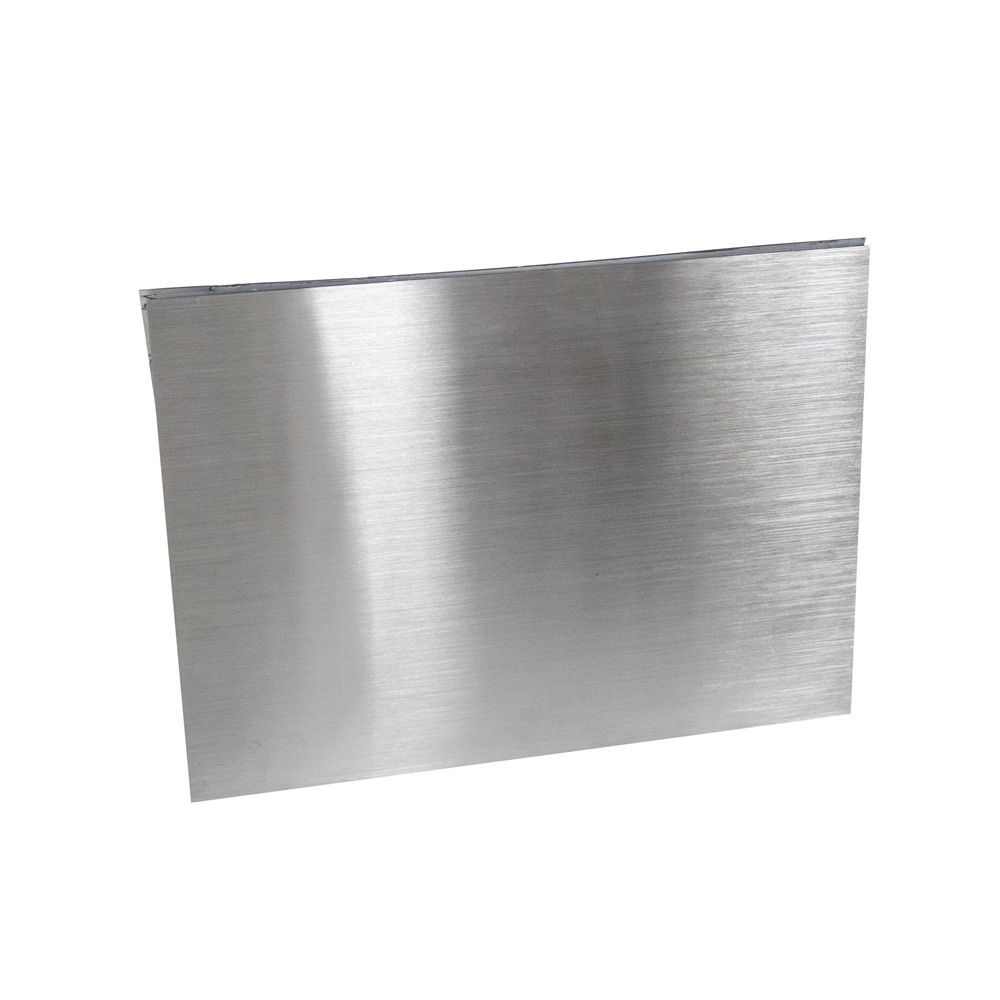
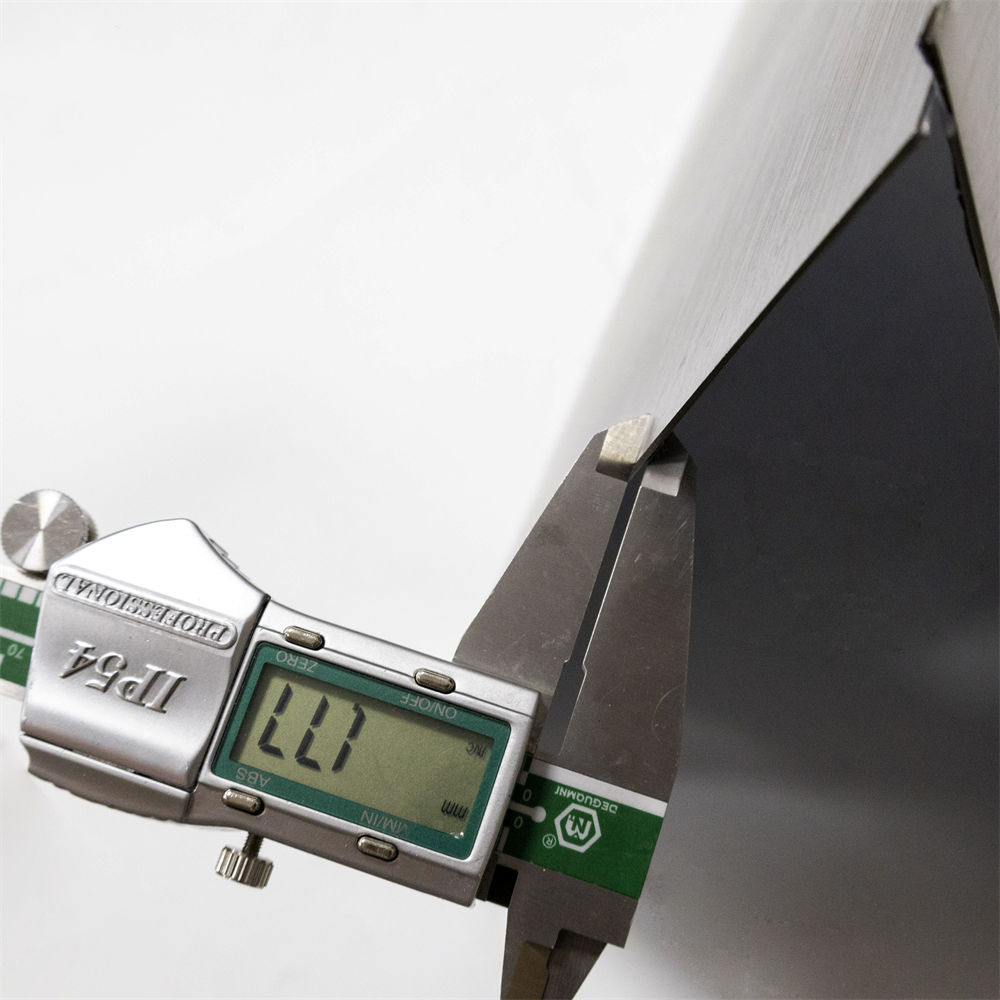
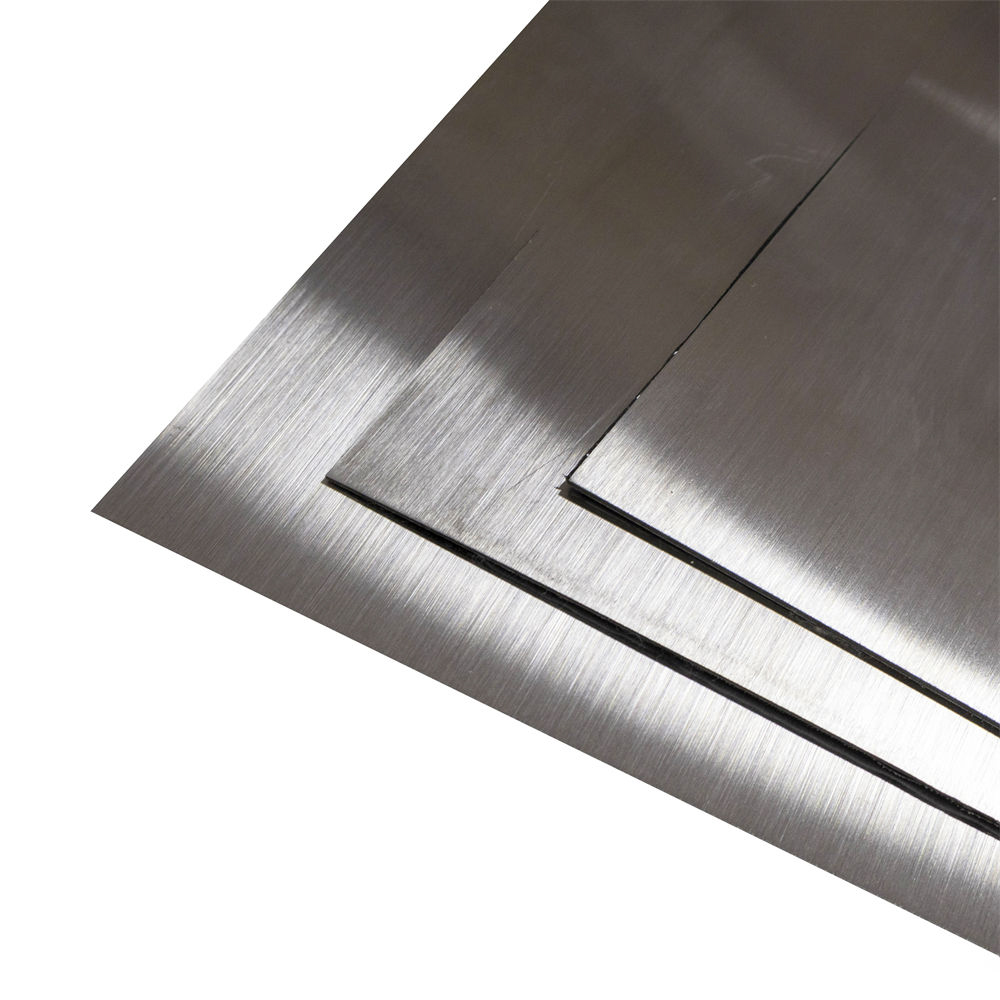
E-mail: Info@hulkalloy.com
Mobile: 0086 13852926463
Tel: 0086 13852926463
Whatapps: 0086 13852926463
Add: Renli Village, Fangxian Town, Danyang City, Jiangsu Province, China